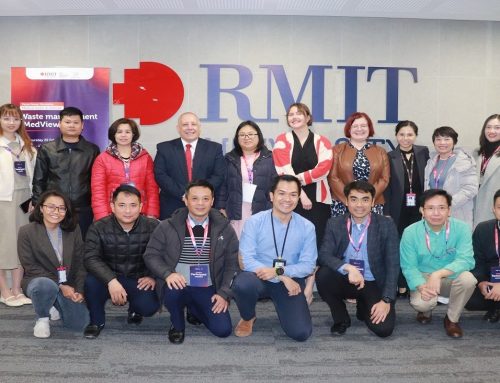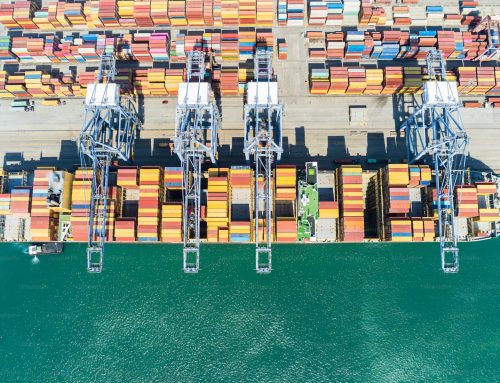26.10.2020
By Félicia Saïah, PhD Candidate at the HUMLOG Institute
“Supply chain,” “health emergency,” and “critical inventories” are some of the terms that have been popularized through the current pandemic. Like no other event, this pandemic spread awareness about the supply chain issues linked to responding to a healthcare emergency. The lack of Personal Protective Equipment PPE, oxygen concentrators, or beds to welcome patients in local healthcare facilities had the entire planet worried for months.
But this blog post is not about Covid-19, it is about all other health emergencies that took place at the same time but were not in the media spotlight. Not only were on-going medical humanitarian activities not stopped during the pandemic, but those activities had to be adjusted to new regulations to protect staff and patients, as well as include measures to treat Covid-19 patients in a highly complex market for medical items purchase. And while no one could have foreseen the extent of this crisis, we can learn from it the key factors that made existing humanitarian missions more responsive for future disruptions: epidemics, armed conflict, or others.
Therefore, the Humlog institute offered the international medical NGO Médecins sans Frontières / Doctors without Borders to analyze the key factors that allowed the on-going humanitarian mission to adjust to the pandemic. Indeed, all of MSF missions had to manage the continuity of care, protecting staff and patients, and in extreme cases open specific Covid-19 centers to respond to the local population needs. Thus, since August, the research team has collaborated with MSF to analyze how the 151 missions in 77 countries managed they supply chain since January. By analyzing over 500 documents, hundreds of thousands of order lines, and over 50 interviews, we aim to provide MSF with strategic and operational recommendations to strengthen their supply chain.
As all missions were conducting different programs and had very different environmental constraints, they didn’t have the same tools at their disposal to face the supply chain disruptions due to the pandemic. Moreover, the needs assessment was challenging as the medical protocol was changing and forecasts about the pandemic’s evolution were unreliable. While countries with frequent cases of Ebola or high surgical activities had a large quantity of protective equipment in their emergency preparation inventory, those quantities were insufficient in light of the needs. On the other hand, missions in countries with limited import opportunities had more significant stocks (up to a year sometimes) and/or teams dedicated to the local purchase and the local quality testing for medical items. That allowed them to source PPE locally when the international market was out of stock.
International transport activities also increased in complexity, and missions had to adjust to longer lead-times and increased complexity to find available cargo planes. But inter-NGO collaboration to fill full charters or WFP mandated cargo planes were extra-ordinary resources that ensured the continuity of activities. Some countries even ended up fully closed, with no possibilities of import and no resources on the local market for purchase. The teams ensured continuity of care by sourcing donations from other NGOs and establishing extra-ordinary rationing measures.
Those are only some examples of the challenges and resources that the organization deployed to ensure continuity of care. In the coming months, and through the upcoming Delphi iterations, the research team aims to reach a consensus with the organization on the lessons learned, best practices, and recommendations to implement.
Even though the media spotlight may not be shining on them right now, NGOs of all sizes are currently going above and beyond to ensure the continuity of humanitarian assistance, and so should research and discussions on long-term humanitarian operations and supply chains.





